What are the varieties?
Despite the fact that many people perceive home cacti exclusively as balls with thorns, the cactus family is incredibly diverse. Among them there are voluminous, flat, blooming, tall ones. See photos and names of the most popular cacti below.
Astrophytum
Everyone knows from the school astronomy course that astro is translated as a star. An unusual ball, consisting of 6-8 sectors, looks like it. Most astrophytums do not have thorns, although some subspecies have acquired large needles in the process of evolution.
At home, it grows extremely slowly, in height usually does not exceed 30 cm. A transplant is required every 3-5 years.
Prickly pear
One of the few flat varieties of cacti: most often it looks like a tree with round branches-sectors growing on top of each other. Creeping variants are also found among the subspecies.
The plates are practically not prickly, the shade is from light to dark green. There are very few cases when these cacti bloomed at home, therefore they are bred solely because of the beauty of the leaves.
Pictured indoor prickly pear cactus
Rebutia
Globular member of the cactus family with many thorns, bright red flowers. The plant is small: the height of the stem reaches a maximum of 10 cm, so growers prefer to grow it on small windowsills, shelves, tables or in florariums.
The main species of the cactus family are desert or forest, but rebutia is a mountain inhabitant. Flower unpretentious in terms of soil, watering, illumination.
Cereus
Unlike the classical representatives of the cylindrical shape, the cereus is stately, tall. Differs in straight long stems with small spines. Length, diameter, number of sectors, size of needles, other characteristics depend on the specific subspecies.
For example, the color of the Valius is a little bluish, the thorns are located on the edges of 4 sectors. Rocky grows up to 1.5 meters in height, looks like a bush with many branches.
Schlumberger
The home cactus is better known as the Decembrist. The appearance differs from the previous ones: thin plates growing on top of each other are decorated with bright flowers.
Despite the fact that Schlumberger is considered a mountain-forest cactus, the natural conditions of its existence are quite arid: the shoots require the same when grown in an apartment.
In the photo, a blooming Decembrist
Echinopsis
The Greek word for Echinopsis means "hedgehog-like", which best reflects its prickly appearance. Echinopsis among domestic cacti considered the most common: it is actively growing, multiplying, without requiring special conditions of detention.
Watering is not as important as the sun: Place the young plant on the south side if you want to see blooms in large buds with a stunning scent.
Notocactus
In terms of description and appearance, it is similar to the previous one: the same ball with thorns. Notable differences appear during the flowering period: if the previous variety has a long pedicel, then here it is short or absent: the bud appears to appear from the spherical stem itself.
Aporocactus
There are more than just balls or cylinders in the family. The second name for the original Aporocactus is snake bush or rat tail. So it looks like: a lot of the thinnest creeping shoots hang from the edge of the pot. Outwardly, it looks like an ampelous flower, suitable for growing on top shelves, in hanging pots.
Espostoa
This decorative subspecies is immediately recognizable by the characteristic white "web" or hairs that braid the stem. Wool is perhaps the only thing that distinguishes espostoy from any other cactus: it also does not like overflows, high humidity, prefers to grow in well-lit places.
In the photo, the epic is woolly
Gymnocalycium
The genus unites spherical, long cacti. The most remarkable is Mikhanovich's hymnocalycium. Bright colored balls (yellow, pink, red) on 3-4-sided ribbed "supports" stand out among their congeners.
Features of planting and reproduction
The main regulations:
- the transplant is carried out in the spring;
- the larger the plant, the more often manipulation is required (once every 2 years or as it grows);
- with thorny varieties they work with gloves or with tweezers, a thread.
Soil selection
The soil for a variety of cacti will be approximately the same: loose, poor - they are accustomed to such conditions in nature. The easiest option is to buy a ready-made mixture in the store, but unfortunately, not all manufacturers care about the quality of products, therefore safer to do it yourself.
To 15-20% of the earth are mixed "baking powder": small or medium stones, dry sand, brick or expanded clay chips, coal, lava, pumice, vermiculite, perlite. Take 3-5 ingredients.
Pot selection
Cacti feel good in absolutely any pots: glass, plastic, ceramics, clay, concrete, cork. The volume, the shape is matched to the root system: for example, in astrophytum it is small, flat - a small pot is suitable, the roots of Cereus are powerful, long - choose a higher container.
Transplant process
The sequence of actions is the same as with any other plant: pour drainage, soil, make a hole, put the plant, cover the roots with another layer, press.
Important! You cannot water cacti after transplanting! They should be left alone for 5-6 days for adaptation, only after 5 days can they be transferred to a permanent place of residence, pour a little with settled water at room temperature.
Reproduction
Most of the varieties over time become overgrown with "children" - babies located on the mother's plant. If the cactus is like this, it is enough to carefully remove or cut the baby, place it in the ground, wait for the formation of the root system.
In cases where there are no children, you can achieve their appearance: the top of the plant itself is cut off, left alone until the babies appear. The procedure should be performed exclusively during the growth period - in the spring.
Some varieties are propagated by cuttings. For example, in a Schlumberger or Cereus, you can cut off a sector or several, plant them in the ground: after a while, the stalk will become an independent plant.
In the photo, cactus babies
Conditions of detention
Lighting
All cacti love the light! The best place for them is east or south windows.... The lighter the room, the more beautiful the plant will be. In summer, they do not need shading: even direct sunlight is not able to damage unpretentious cacti.
But, do not like the constant change of conditions: try not to overturn or rearrange the pot.
Air humidity
The air should be fresh, but not humid. During the period when the heating is on, when ordinary potted flowers need to be sprayed, cacti, on the contrary, feel as comfortable as possible.
In the photo, cacti growing on the window
Temperature
So that cacti bloom, smell fragrant, produce children, constant maintenance of 22-28 degrees is required... But the numbers cannot be called tough: at home on the windowsill in winter, they easily tolerate airing, they are not afraid of a short-term drop in temperature to + 8-10C.
Think back to your natural habitat: it's pretty cold at night in the deserts. A heat of 35-40C is also unable to destroy a cactus - especially if it does not last long, giving way to a comfortable temperature.
Location
Place pots or florariums in sunniest places: south, southeast, southwest (depending on what options are available in the apartment).
How to care for cacti?
Watering
Growers unanimously declare: it is better to forget to water than to take up the watering can once again... Water, of course, is necessary for cacti, but in extremely limited quantities.
To accurately determine the watering time, keep a wooden stick next to the pot. Before watering, put it in a pot to the bottom, pull it out: if it is half or more clean, it's time to water.
Watered more often:
- forest varieties;
- plants in clay pots;
- during a period of rapid growth;
- when the heating is on;
- in extreme heat.
Top dressing
Among the fertilizers for thorny inhabitants, preference is given to salt ones:
- Nitrogen... Use with caution - with an overabundance, uncontrolled growth begins, the quality of the plant suffers.
- Potassium... Stimulates flowering, strengthens the stems.
- Phosphorus... Improves root.
- Calcium... Essential for dense, high quality needles.
Feed exclusively during the growing season (avoid hot, cold weather).
Pests and diseases
Pests
Most of all, fleshy stems attract ticks: if you notice that the plant seems to be gnawed a little on the surface, treat it and the nearby pots with acaricides.
Another lovers of thorny plants are worms. Mealy becomes noticeably quickly - white dots will become noticeable on the stems.
It is more difficult with root species - it is possible to visually examine the parasites only during transplantation. If the plant looks sick, but the outside of the reason is not visible, try digging it out of the pot.
Diseases
Most often, dry-loving cacti suffer from rot: fungi begin to develop from the root collar, rising upward. Cause - inappropriate substrate or overflow.
Action should be taken as fast as possible: if the fungus is just beginning to grow, all affected areas should be removed, the plant should be rinsed with potassium permanganate, and the fresh substrate should be disinfected. When the lesions are serious, healthy areas are cut off from the plant and rooted, the rest is thrown away with the soil, the pots are disinfected.
What does it look like in the interior?
Most of the cacti are small, in the size of the apartment they look best in groups: for example, in florariums. Post compositions can be on the windowsill, work, coffee, dining table, open shelf.
It is not necessary to group the cuttings in one container: several pots of different sizes with different cactus plants on the same window look no less impressive.
Sprawling varieties, like the Decembrist or Aporocactus, look favorably on the tops of cabinets, refrigerators, shelves. Hanging branches with flowers will decorate any room - be it a kitchen or a nursery.
It is better to keep very large varieties in pots wider than 20 cm on the floor: but be careful with thorny representatives - children or curious animals can get hurt while playing.
The cactus is the perfect plant to start your floriculture business. Their "light nature" makes the hardy plants stand out from most others, and the many species do not allow the owner to get bored.

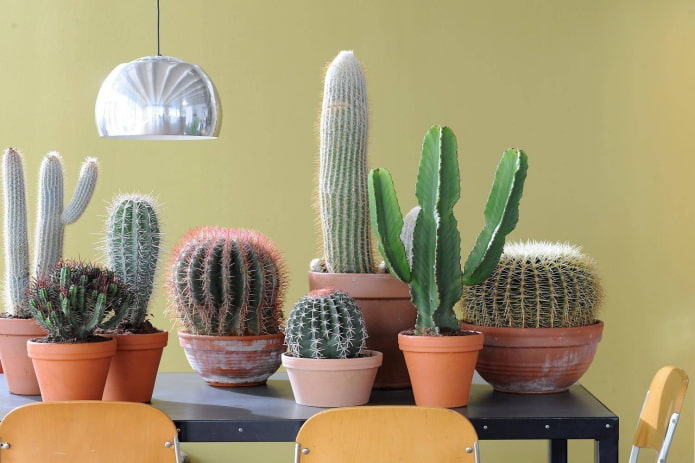
 10 practical tips for arranging a small kitchen in the country
10 practical tips for arranging a small kitchen in the country
 12 simple ideas for a small garden that will make it visually spacious
12 simple ideas for a small garden that will make it visually spacious
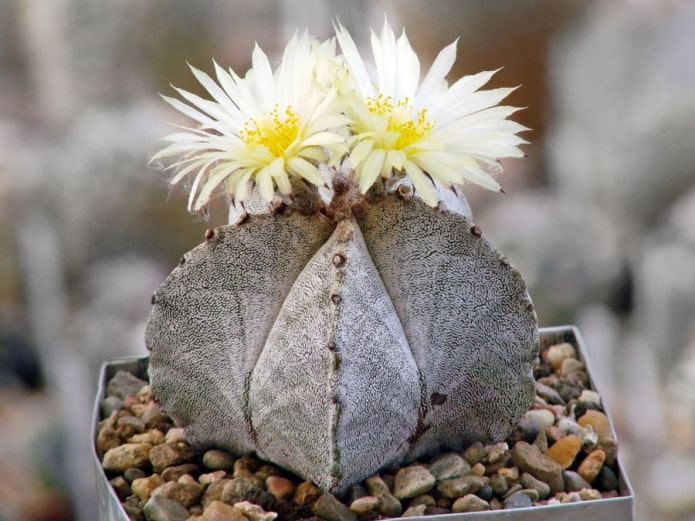
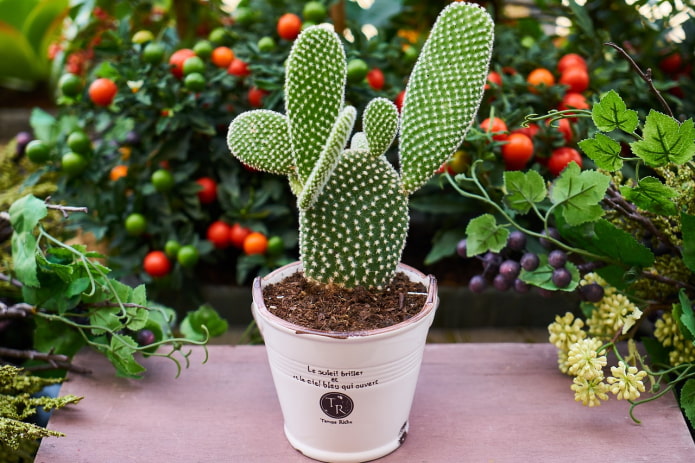

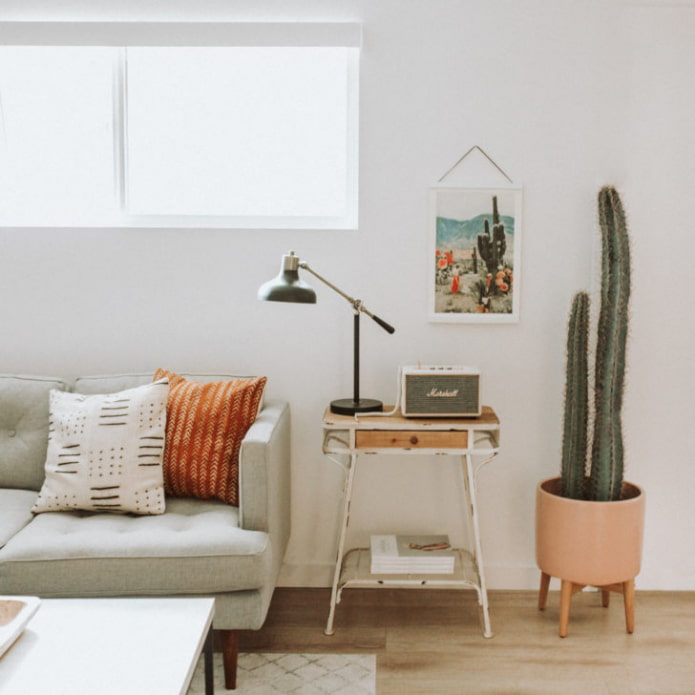
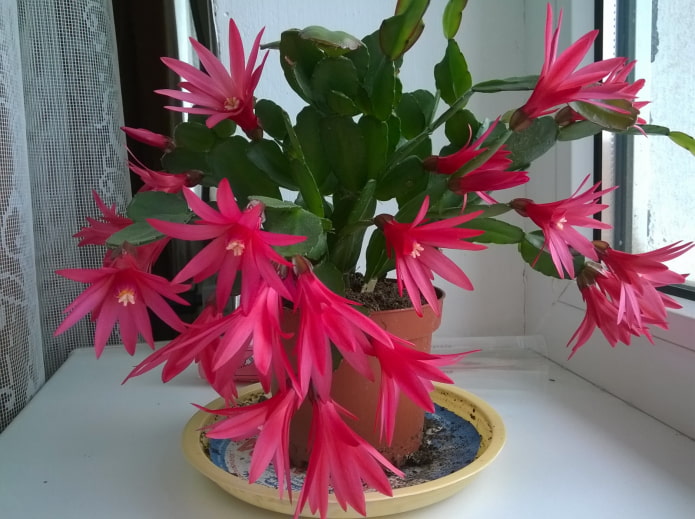
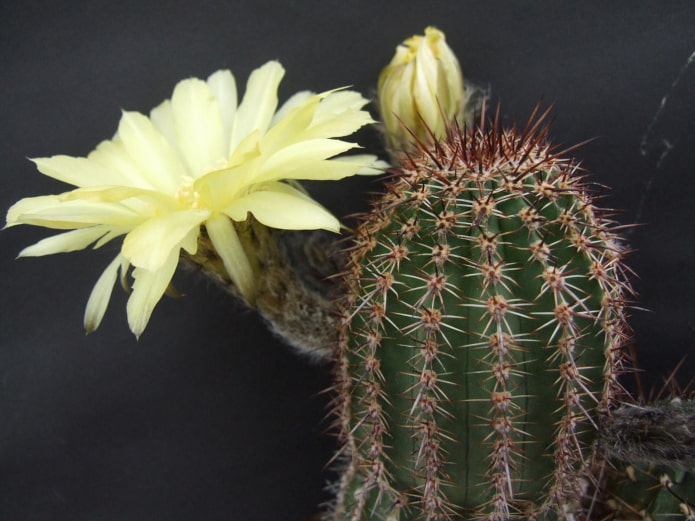
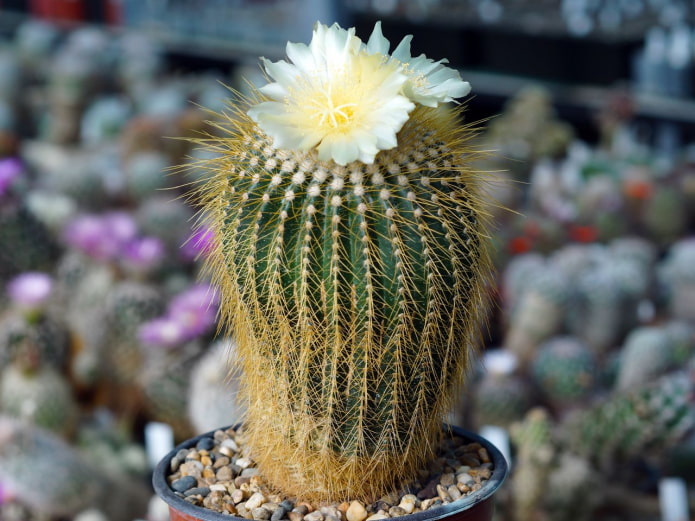
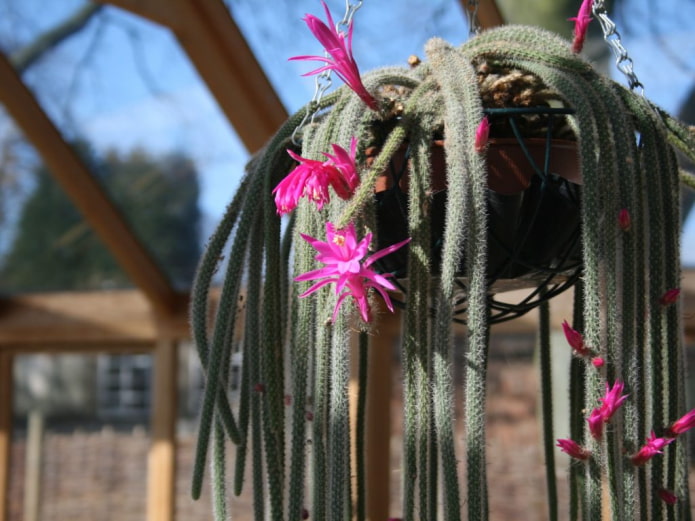
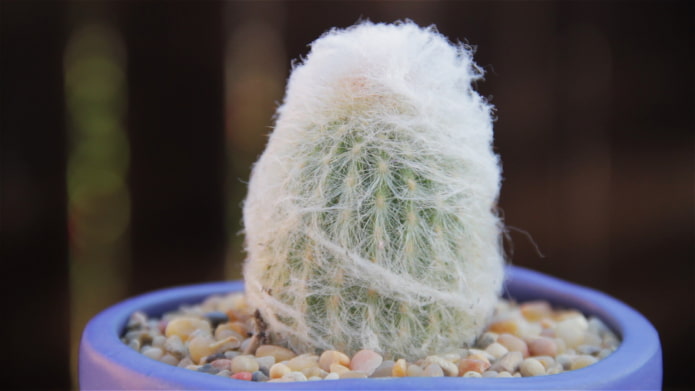
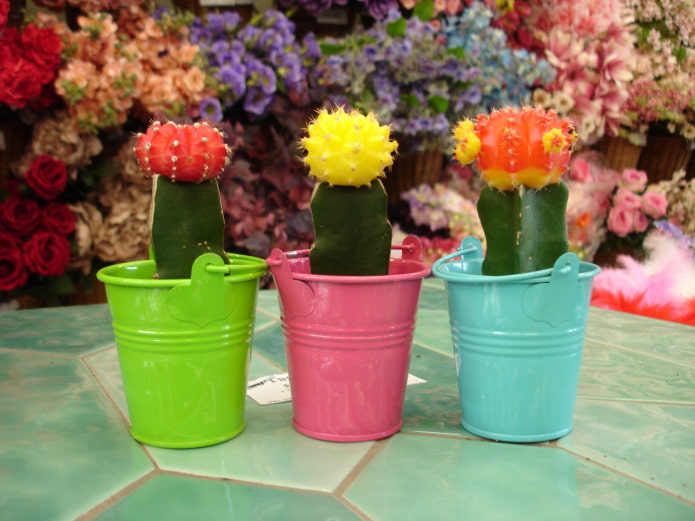
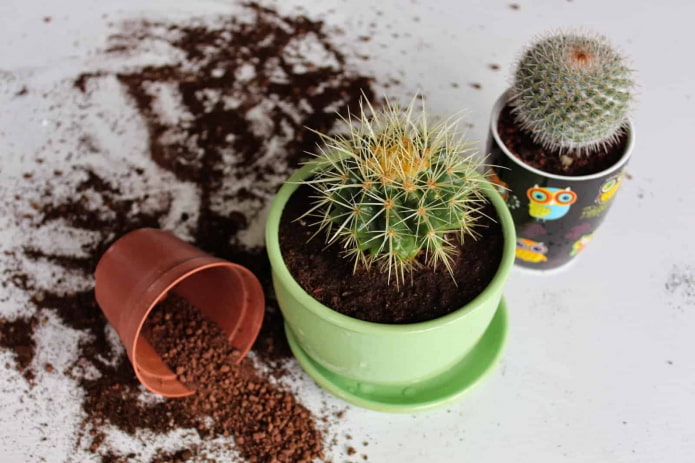
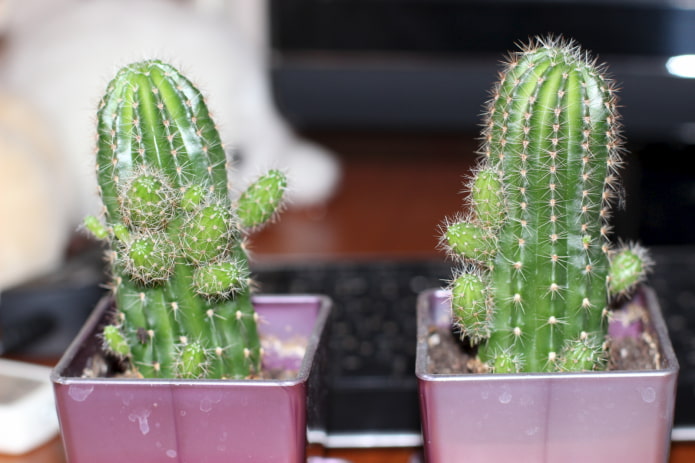

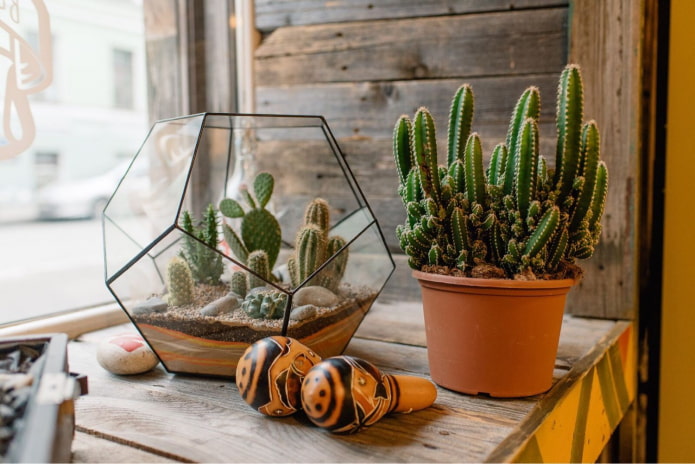
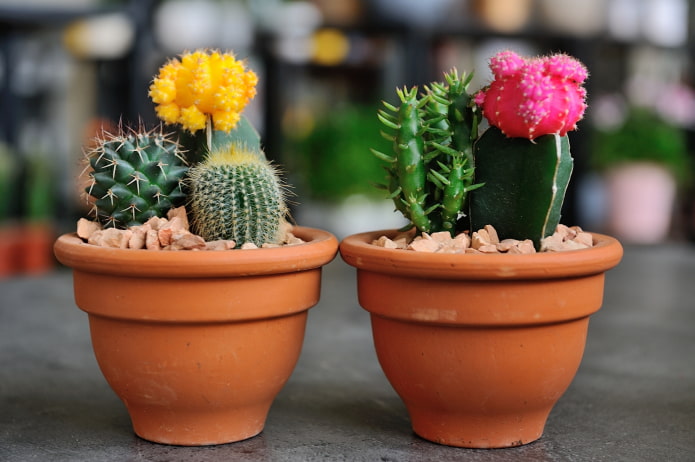

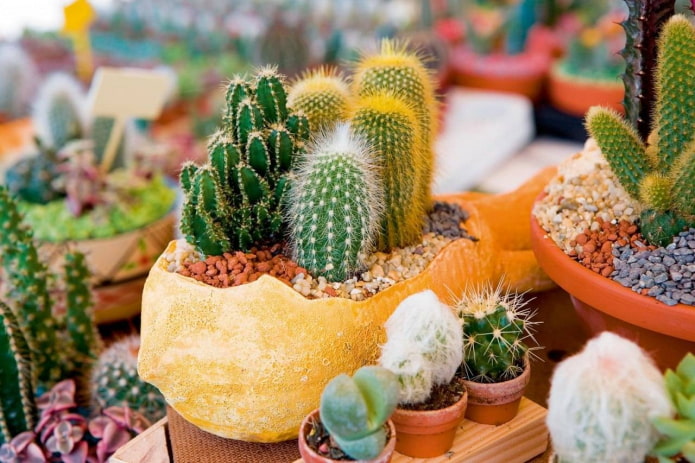
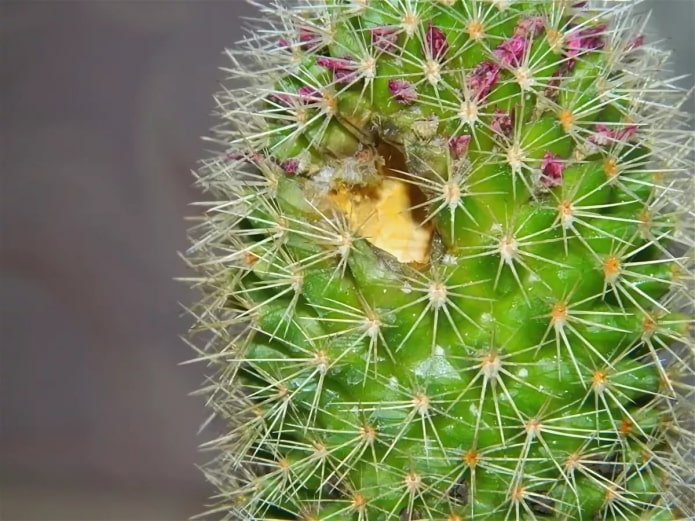
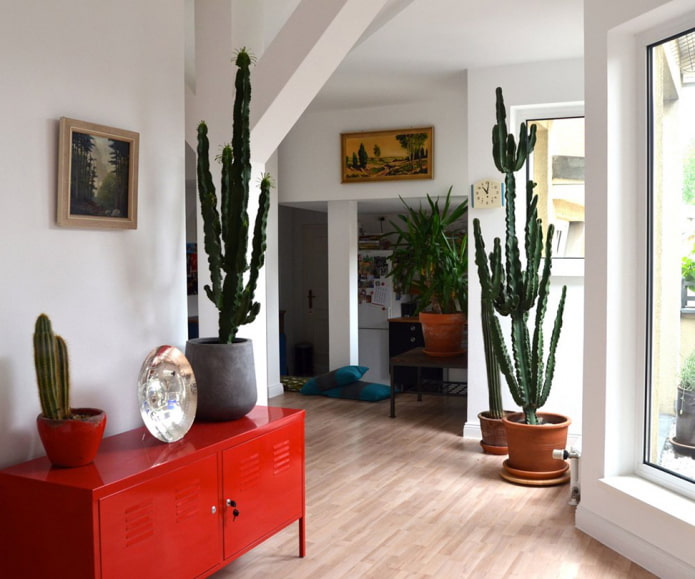

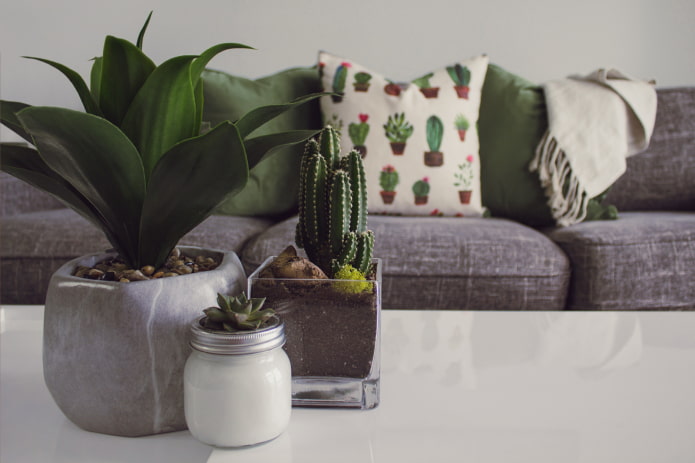
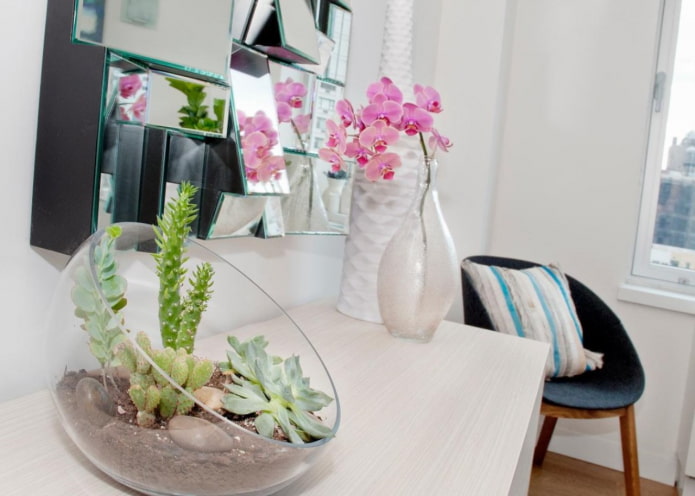

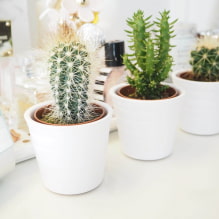

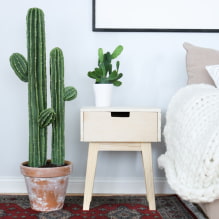
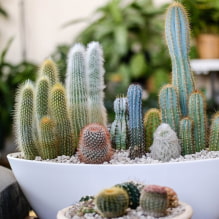
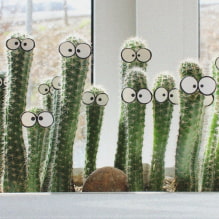
 13 bad habits a good housewife shouldn't have
13 bad habits a good housewife shouldn't have 24/7 home cleanliness - 4 secrets for the perfect housewife
24/7 home cleanliness - 4 secrets for the perfect housewife 6 hotels in Sochi that will give odds to the promoted foreign hotels
6 hotels in Sochi that will give odds to the promoted foreign hotels Top 10 interior design trends 2020
Top 10 interior design trends 2020 Rating of cheap TVs with Smart-TV
Rating of cheap TVs with Smart-TV New Year's LED garlands on AliExpress - we disassemble while it's hot, so that it's bright at home
New Year's LED garlands on AliExpress - we disassemble while it's hot, so that it's bright at home